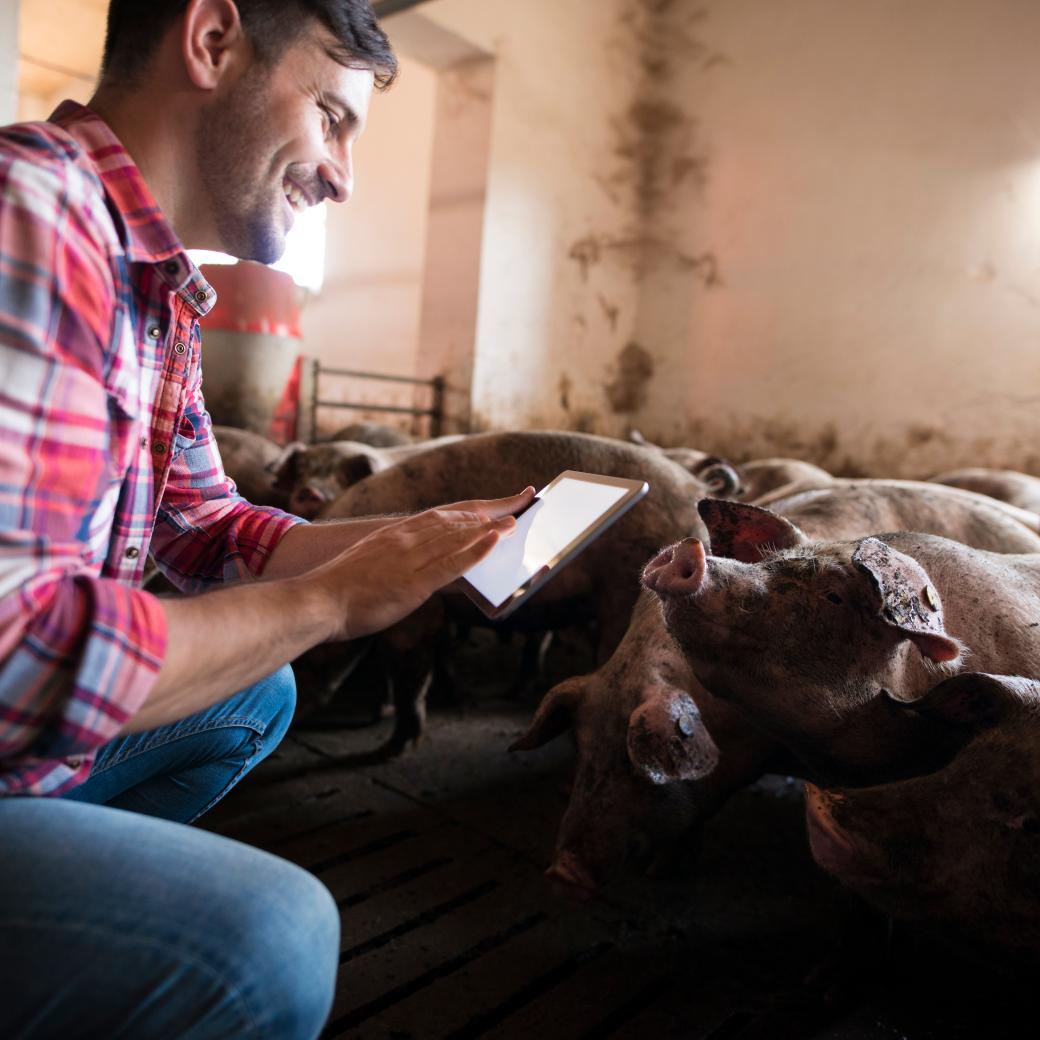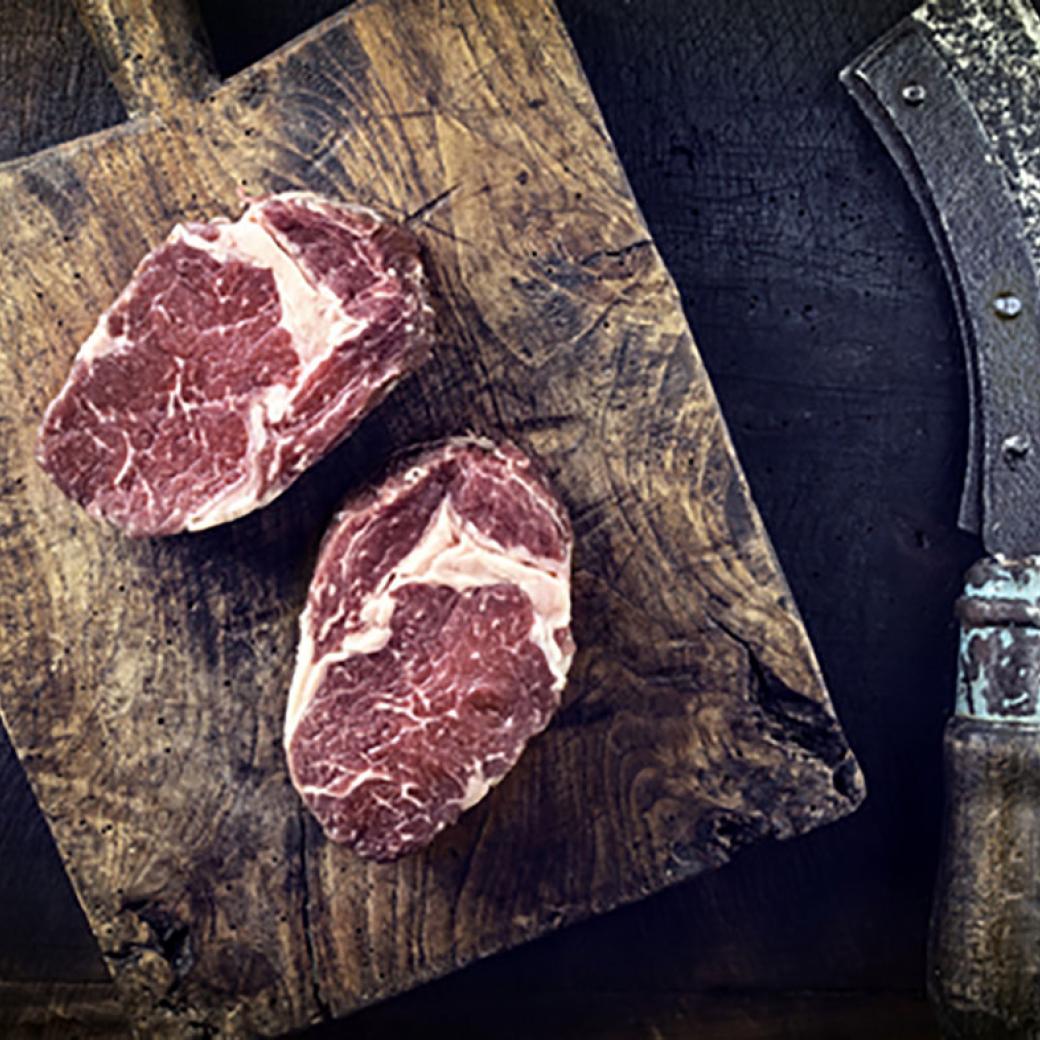REDBOAR

Reduction in boar scent in meat products: alternative production processes
Why this project?
By heating meat from male pigs, an unpleasant odour is released in 3 to 10% of the cases, the so-called boar taint. Because the male sex hormones are largely responsible for this unpleasant odour, young boars are castrated as a prevention, and often without any anaesthetic. Social pressure has increased the demand to put a stop to castration without anaesthetic. In addition to castration with anaesthetics or with a vaccination (immunocastration), which is expensive, it is also possible to fatten the intact boars and find alternative ways to tackle boar taint. For example, it is possible, in addition to adaptations to the feed, to mix portions of meat with boar taint with other meat with no boar taint or to mask or limit the odour through certain processing steps. This strategy is often seen as a good long-term solution, but it is not a simple task for meat producers and processors. Quality is absolutely essential, and the end product may not have any detectable abnormal flavour.
Research and results
REDBOAR was a collective research project (type VIS-CO) with the objective of finding a solution for processing pork with boar taint without a negative impact on the quality of the end product.
This was examined by:
- Processing and assessing meat preparations (ribs, tenderloin bacon, etc.) and products (salami, hamburgers, cooked sausage, etc.) from various parts of meat from both boar carcasses with middle to high concentrations of components containing boar taint at a laboratory scale.
- Evaluating the influence of various ingredients (marinades, spices, etc.), process steps (fermentation, smoking, etc.) and – parameters (cooking temperature, adding boar tainted meat, etc.) on masking the boar taint using chemical analytical methods and a sensory panel.
The results were collected in a workflow for dividing and processing a (boar tainted) boar carcass. A SWOT analysis for three alternative strategies for slaughtering without anaesthetic was also drawn up. Meat producers and processors can use this to develop a specific strategy for choosing the best method as an alternative to slaughtering with anaesthetic as well as handling a (boar tainted) boar carcass.
Project partners
Flanders’ FOOD managed and coordinated the project. Two research groups from Ghent University and one research group from KU Leuven and ILVO were responsible for the execution.
- Research group ‘Animal Nutrition and Animal Product Quality’ from Ghent University, under the supervision of Prof. Stefaan De Smet
- Research group ‘Laboratory of Chemical Analysis’ from Ghent University, under the supervision of Prof. Lynn Vanhaecke and Dr. Lieselot Hemeryck from Ghent University
- Research group ‘Technology and Quality of Animal Products’ from KU Leuven, under the supervision of Prof. Ilse Fraeye
- Research group ‘Animals’ from ILVO, Marijke Aluwé
Purchase results
The project ended in September 2020, but the results were assembled in a practical guide with a workflow for the division and processing of a (boar-scented) boar carcass. In addition, a SWOT analysis of the three alternative strategies for unstunned slaughter was also prepared. Based on this, meat producers and processors can develop a specific strategy to choose the most opportune method as an alternative to unstunned slaughter, as well as to start working with a (boar-scented) boar carcass. For more information or to order the results, please contact the project manager.



